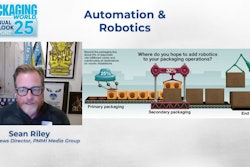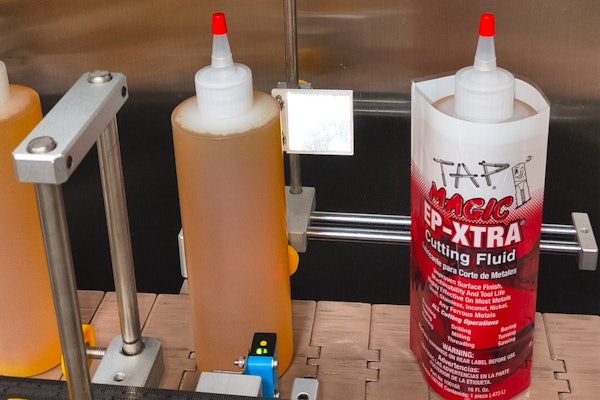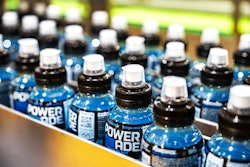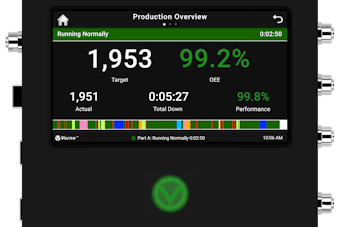The future of packaging is happening now! Learn about the six main types of robots used in today’s processing and packaging operations in this short video from the Package This Video series. In 3 short minutes, you’ll learn how these cutting-edge technologies are helping consumer packaged goods brands tackle efficiency, space, and productivity challenges, paving the way for an exciting future driven by innovation. Watch now to learn more about this automation revolution!
Subscribe to our channel!
TRANSCRIPT
Robotic Welcome to Package This — your guide to packaging machinery and materials. Today’s episode highlights packaging robots that handle tasks like picking, packing, material handling, palletizing, and more.
Collaborative robots (cobots)
First up, collaborative robots. Cobots are robots designed to work safely alongside people, thanks to built-in safety features like force sensing and collision detection. Compact and mobile, they’re ideal for facilities with limited floor space and can be quickly deployed to different packaging lines.
Commonly used for palletizing, material handling, and end-of-line tasks, cobots reduce the need for bulky safety guarding and can be integrated with mobile robots, stretch wrappers, and other automation systems.
They’re especially useful for repetitive, physically demanding jobs and can easily adapt to shifting production needs.
Delta robots
Delta robots have three elongated arms forming a triangular shape that is connected to a base on a moving platform. They move swiftly and precisely and are known for excellent accuracy in high-speed pick-and-place tasks, but are also well-suited for applications such as sorting, aligning, and orienting objects on moving conveyors before packaging.
Gantry
Next up: Gantry robots. Featuring a horizontal beam supported by vertical columns, the robot's arms or end effectors move along the beam, called the gantry, enabling it to cover a large workspace and complete a wide range of tasks.
Articulated Arm/ SCARA Robots
Articulated robots have joints -- multiple connected arm segments -- providing flexibility and a wide range of motion. Articulated arm robots can move in six different directions. The robots end-of-arm tool or end effector is designed for tasks like picking, sorting, and assembly at high speeds.
SCARA robots, which stands for Selective Compliance Assembly Robot Arm or Selective Compliance Articulated Robot Arm, are designed for tasks that require fast and precise horizontal movements. SCARA robots have a rigid arm that moves in a horizontal plane, with a vertical joint allowing vertical motion.
Both articulated arm and SCARA robots can be integrated with other automation equipment to enhance packaging and processing applications.
Mobile/AGV
Mobile robots and AGVs or Automated Guided Vehicles are autonomous or semi-autonomous robotic systems used for transportation tasks in the warehouse or facility. Equipped with sensors for perception to help them navigate the plant, they are great for pallet handling and inventory management. Some AGVs can even be equipped with robotic arms and tools to pick and place inventory before transporting it.
As we’ve seen, robots like these keep packaging lines humming, helping CPG brands solve their efficiency, space, and productivity challenges.
For more videos on packaging equipment and materials, subscribe to Packaging World’s YouTube channel to catch the entire Package This series.
And if you’re exploring robotic equipment suppliers that specialize in processing and packaging or other types of equipment, check out PMMI ProSource at ProSource.org — a searchable directory with over 1,000 packaging and processing suppliers.
Thanks, and until next time — keep on packaging!

























